Sustainable wellbeing and green living
Let's find ways to Flourish!
Saving the Big Cats in Africa

The continent of Africa has a reputation for its exciting wildlife. Animals such as rhinos, giraffes, zebras, elephants, and big cats, arguably the most majestic of them all, call this continent home. There are three species of big cats in Africa: the African Lion (Panthera leo), African Leopard (Panthera pardus), and the African Cheetah (Acinonyx jubatus).
Unfortunately, the existence of these feline species is being challenged by a variety of threats – most of which are caused by humans. The African Lion, Leopard, and Cheetah all have an IUCN (International Union for Conservation of Nature) status of “vulnerable,” meaning that their populations are rapidly declining, leading to expectations of entering “endangered” status.
Threats to big cat populations
The population declines of the African big cat species can be largely attributed to the fact that their habitats are being threatened. Growing human populations in Africa mean that there are more mouths to feed. As a result, more l...
Green Salon Certification

What if there were a way to pamper ourselves with a haircut or other salon services without feeling guilty about the impacts on the environment? Well, now we can - and the salon owners and professionals also benefit from going green!
It is no secret that salons, whether they cater to hair, nails, or other personal care services, have a significant impact on the environment. With the wide variety of products, chemicals, packaging, and disposables that are used in the salon industry, it is easy to see how they contribute to environmental issues such as water use, pollution and waste production.
If you take a moment to think about it, it becomes obvious that there are significant environmental issues that are accompanied by these types of businesses. That being said, sometimes you may feel that it is necessary to visit a salon in order to receive a professional service. After all, the DIY haircut is not for everyone!
Luckily, there is a way that you as a customer can feel less guilty a...
Buying Green Without the Greenwashing

Whether we like it or not, consumerism is a part of our lives that can’t entirely be avoided. Of course, there are things you can do to reduce the amount of stuff you purchase (reduce, reuse, recycle for example), there will be times where you have to buy things new. So, we want to be responsible consumers, but how do we know that what we are buying is truly green?
Whether you are purchasing a personal care product, groceries, or paper for your printer, there is a way to ensure that the items you choose are produced in a socially and environmentally responsible manner. Such items can be identified by their green product certifications! Green certification logos are displayed on product labels, allowing consumers to recognize which products adhere to their values.
Greenwashing
It is easy to feel overwhelmed when you are trying to decipher all the different labels, certifications, and claims that catch your eye when shopping. As eco-friendly products increase in popularity, so does th...
Naturally Occurring Retirement Communities

As we get older, we must make important decisions regarding our living situations. While some people may opt to move into a seniors home or a facility that has been designed specifically for older populations, many people choose to stay in their homes as long as possible, otherwise known as aging in place. Naturally occurring retirement communities (also known as NORCs) can be thought of as a combination of aging in place and facilities that are designed for seniors.
Naturally occurring retirement communities are defined as communities with a large population of older adults that came about organically. Naturally occurring retirement communities often develop in three main ways. Aging in place may result in a naturally occurring retirement community if many people moved into the community when they were younger and decide to stay as they age.
They may also occur through processes of emigration and immigration. Regarding emigration, naturally occurring retirement communities may occur...
Climate Cuisine

When you’re picking up food at the grocery store or farmer’s market, what influences your decisions about what food to buy? Some considerations you may be taking into account include the price, availability, taste, as well as environmental impact of the food item in question. As our climate continues to change, it is important to consider how our food choices impact the environment.
Environmental Impacts
Although something as small as choosing what to eat for dinner doesn’t seem like it would have a large impact, food is responsible for 26% of greenhouse gas emissions. There are four key elements that contribute to food emissions:
- Land use: significant amounts of land are required in order to grow crops and keep livestock. Agricultural land often displaces forests and grasslands, therefore resulting in loss of habitats and increased emissions.
- Crop production: the use of fertilizers, pesticides, and machinery emissions, and methane emissions from livestock contribute to the overa ...
Jane's Walks
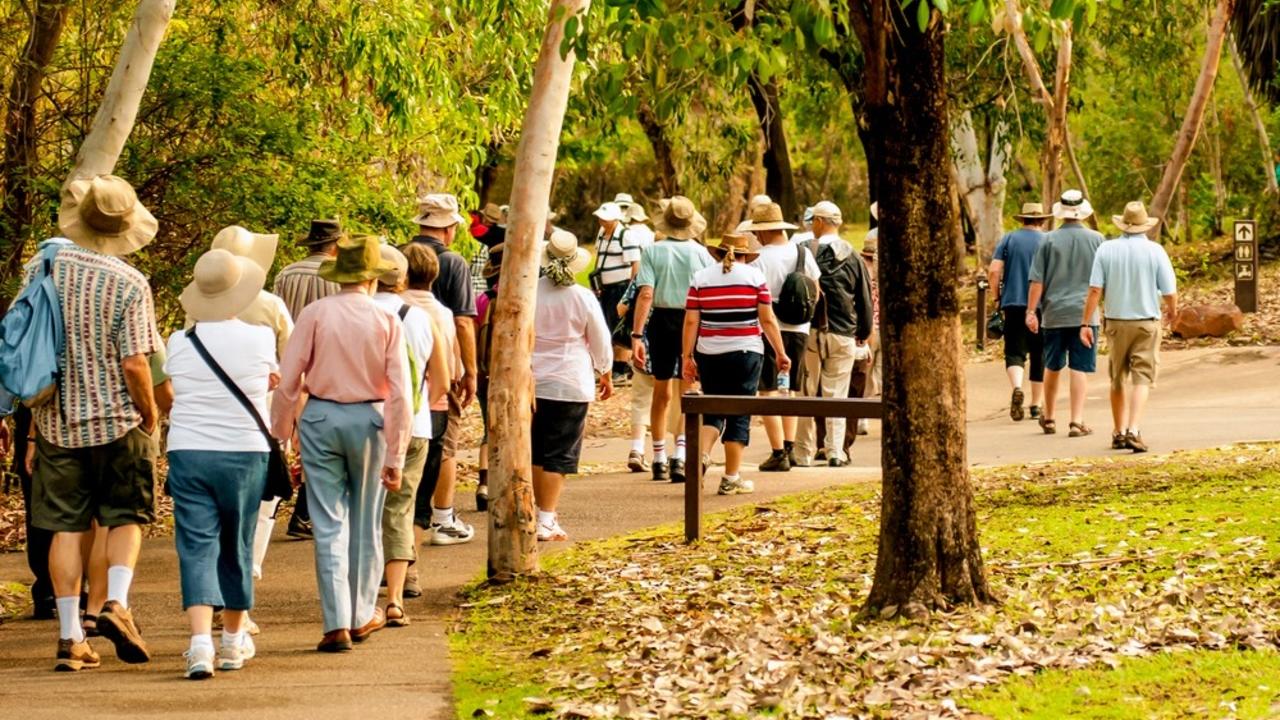
Who is Jane, and why are we interested in her walks? Well, the Jane we are talking about here is Jane Jacobs, the Canadian - American author and urban activist whose thinking and writing helped to reshape our ideas about the urban ideals and what cities can be. These walks help to bring us closer to our cities in understanding their history, significance and beauty.
No matter how much you think you know about your city, there’s always something new and interesting to learn or discover! Cities are highly nuanced, each one drastically different than the next in terms of culture, history, residents, and little quirks that make them unique. Around each street corner there is something you never knew existed or a story you have never heard.
Take some time to learn more about the city in which you live, observe the ongoing activity, and reflect on your interactions with your city by attending a Jane’s Walk.
What are Jane's Walks?
Jane’s Walks are free, locally organized neighbourhood wal...
Co-op Business Model
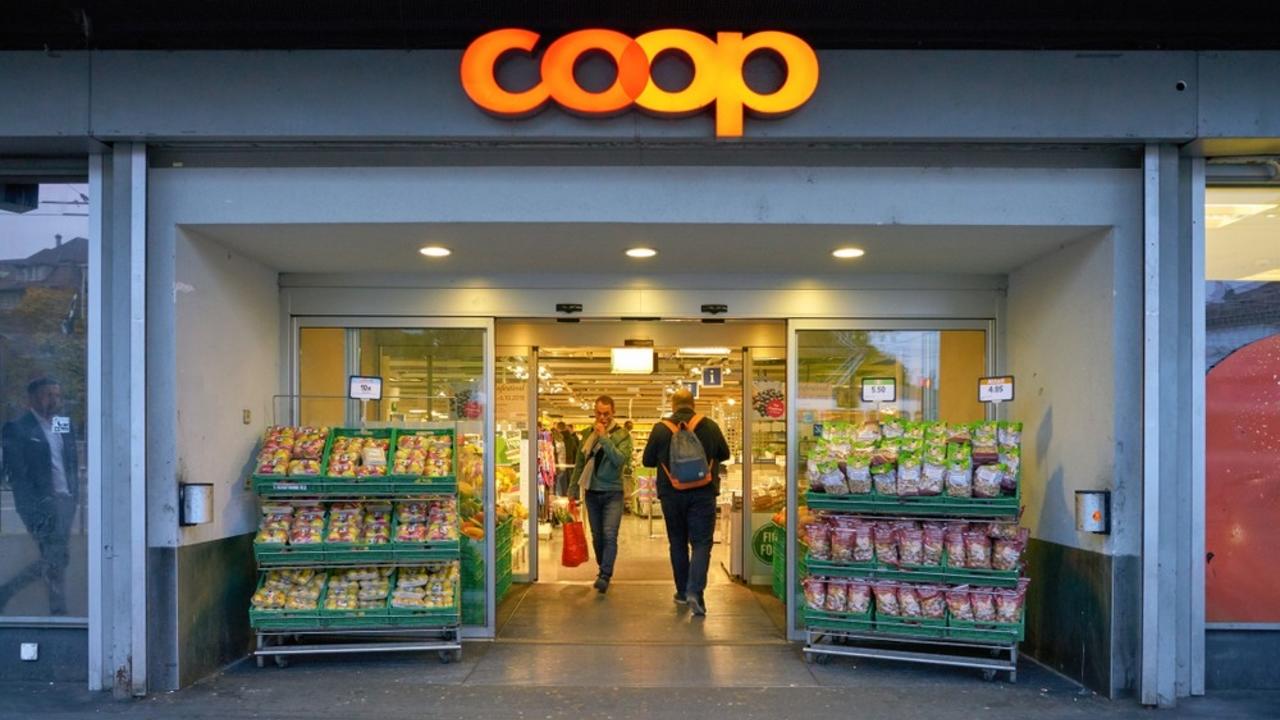
Do you have a Co-op near you? Perhaps it is a grocery store or gas station or maybe a clothing retailer. Have you ever thought about the name Co-op and how it means that this business is different from others in its sector? It does things differently because it bases decisions on not just the economics, but also on what serves its membership, community and workers best. Perhaps that Co-op business model is worth a closer look!
A co-op, otherwise known as a co-operative, is defined by the International Co-operative Alliance as an
“autonomous association of persons united voluntarily to meet their common economic, social, and cultural needs and aspirations through a jointly owned and democratically-controlled enterprise.”
Co-operatives are businesses which are community-focused instead of profit-focused. Although there is still a need to make a profit in order to stay afloat, decisions that are made within co-operatives seek to balance the need for profit with the needs of their membe...
Solar Walls
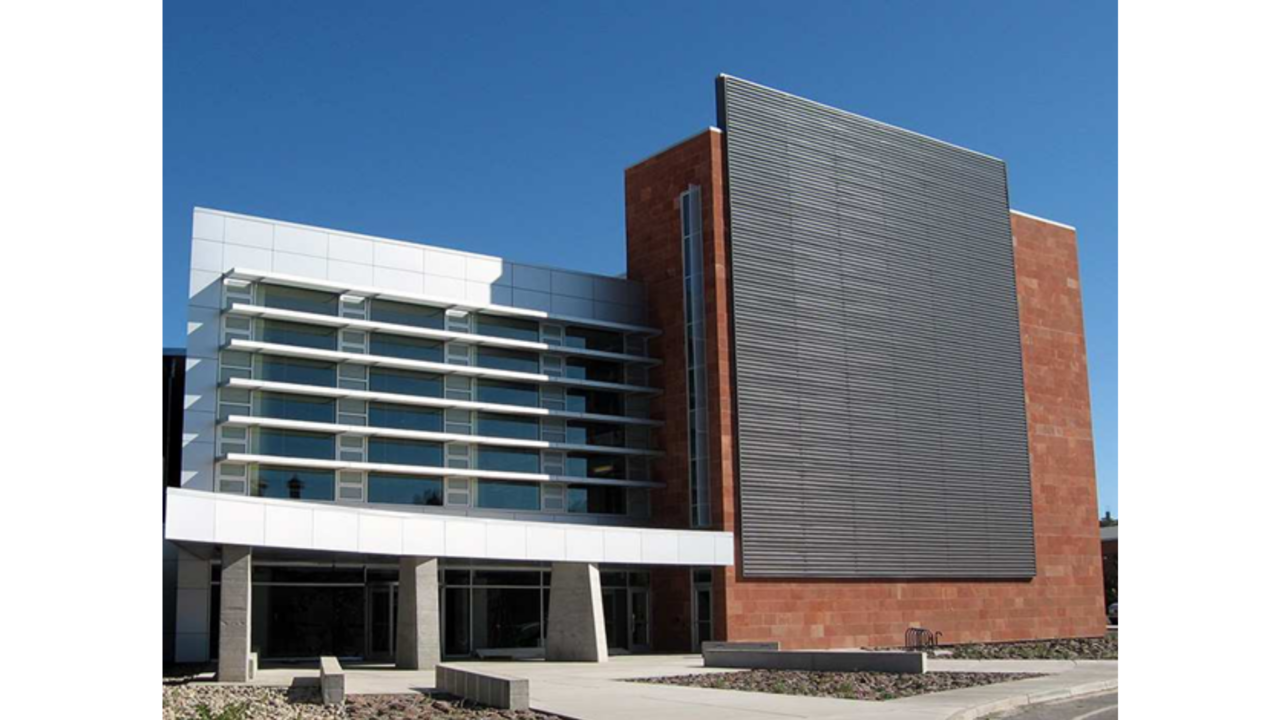
Image courtesy of SolarWall.com
You know how I love smart and low-tech green building solutions, and the Solar Wall is definitely up there in terms of benefit. It can easily pay for itself in a few short years and offers long term reduced heating costs by simply using the sun’s energy to heat incoming air in cold climates. It is nearly passive, with low-tech requirements. All you need is a sunny wall on a building, and the ability to integrate it with the heating and ventilation system.
How do they work?
The external portion of the solar wall consists of a metal cladding that is mounted on the exterior wall of the building, leaving a few inches of space in between the building and the metal cladding. The perforated metal solar cladding is fixed to the wall, creating a cavity between the two walls. It is in this cavity that the heating occurs.
Air between the building’s exterior wall and the metal cladding warms up when the sun hits it and this warm air naturally rises to the top of...
B Corp Certification
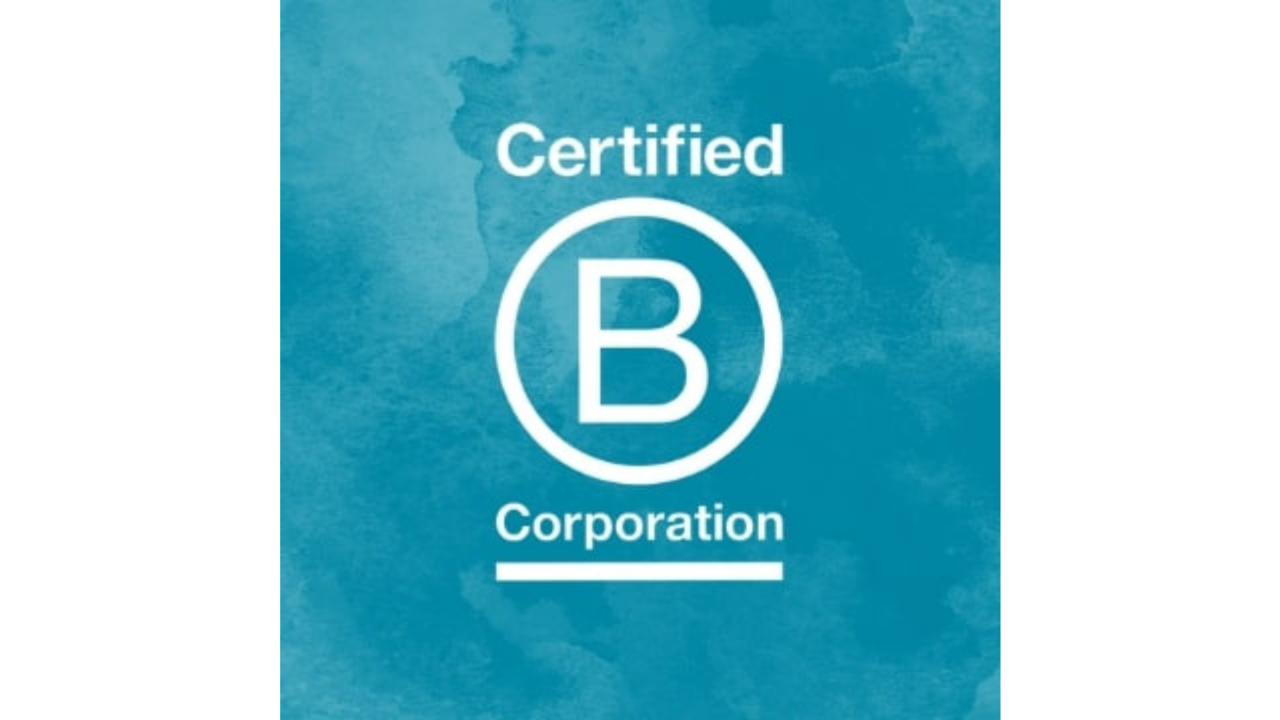
Image courtesy of Danone.com
Business owners often seem to face the dilemma of choosing between making a profit and making a positive social and environmental impact. What if there was a way that you could make money while doing good? It is possible to achieve your financial goals while adhering to your values! Corporations are being recognized for doing just that and becoming B Corp Certified!
What are B corporations?
B Corporations, also referred to as B Corps, are corporations that are dedicated to improving their social and environmental performance. B Lab, the non-profit behind B Corps, defines certified B corporations as
“businesses that meet the highest standards of verified social and environmental performance, public transparency, and legal accountability to balance profit and purpose. B Corps are accelerating a global culture shift to redefine success in business and build a more inclusive and sustainable economy.”
In order to become a B Corp, companies must undergo a c...
Citizen Research
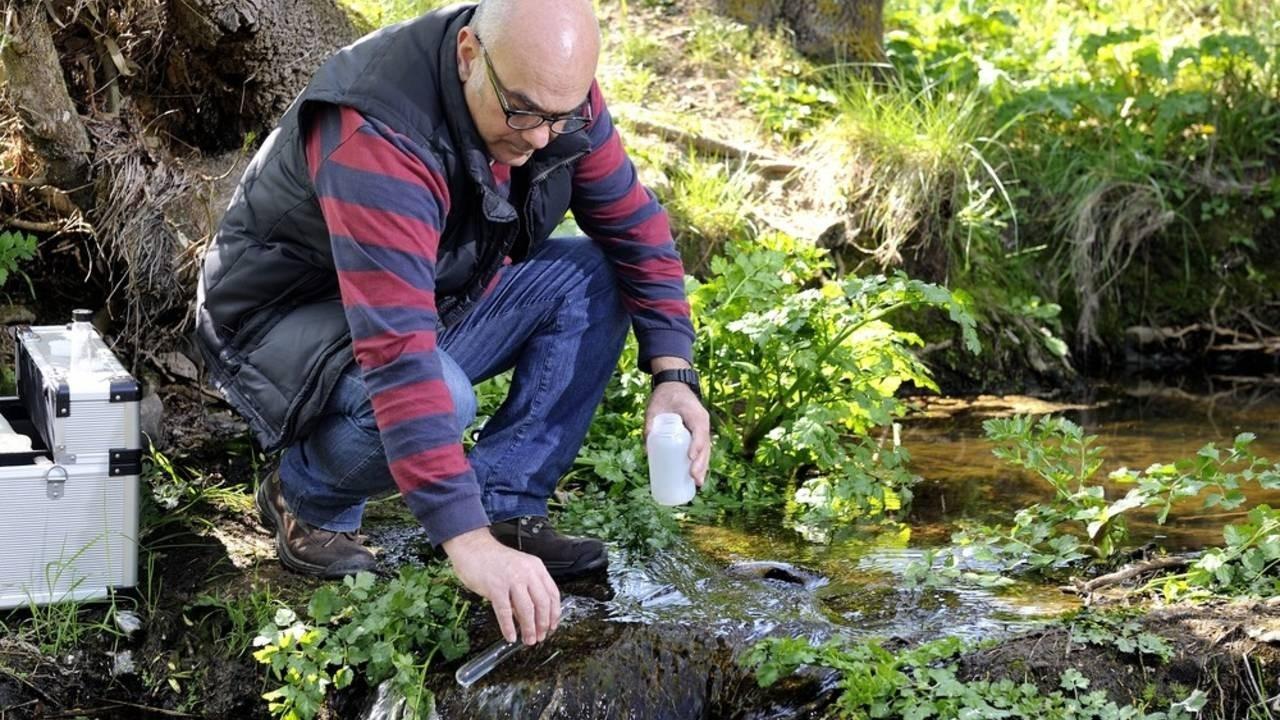
Science lovers are everywhere! You don’t need a degree in science to know that you love learning, looking at data, and contributing to our collective knowledge about the natural world. Whether your interest in science stems from your desire to know more about the world around you, the intellectual challenges it provides, or educating the children around you, there are ways that you can be a part of scientific research!
It is not uncommon for individuals to believe that there is no space for ordinary citizens when it comes to scientific research. This is not the case! The truth is that you -don’t- have to have a PhD in order to participate in scientific research. Whether you are interested in learning about the ecosystem function of a specific species or the impacts of pollution on water bodies, there is a way that you can collaborate with scientists and researchers in order to gather important data and make a difference in the scientific community! Through citizen science projects tha...

